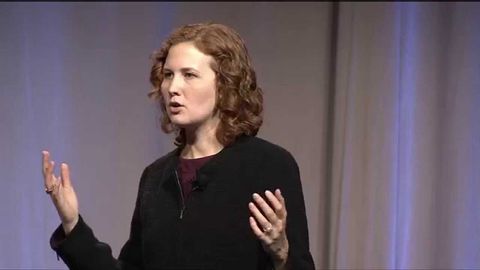
字幕與單字
2014年穀歌I/O - Google Play電源會議 (Google I/O 2014 - Google Play power session)
00
Hhart Budha 發佈於 2021 年 01 月 14 日收藏
影片單字
question
US /ˈkwɛstʃən/
・
UK /'kwestʃən/
- v.t.提問;詢問;對...抱有懷疑的態度;審問;質疑
- n. (c./u.)(正在解決的)問題;問題;疑問
A1 初級初級英檢
更多 使用能量
解鎖所有單字
解鎖發音、解釋及篩選功能
